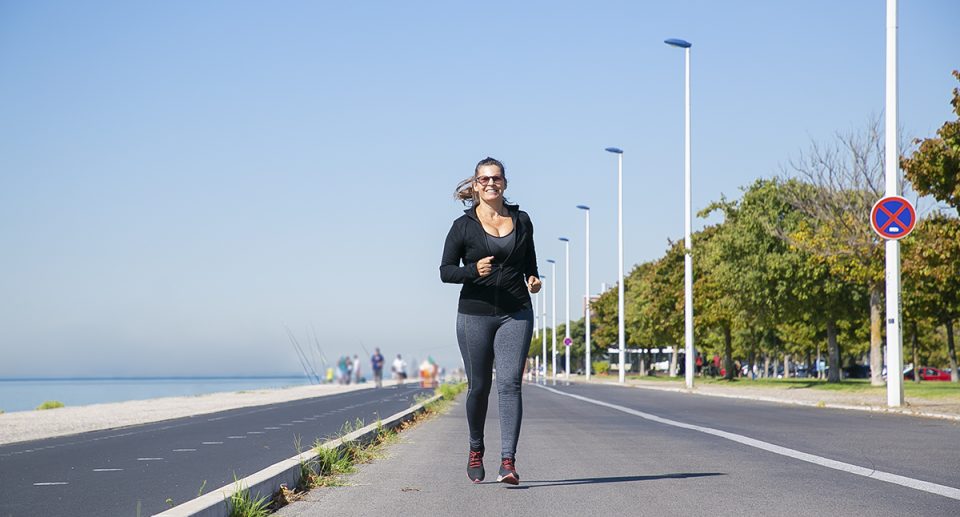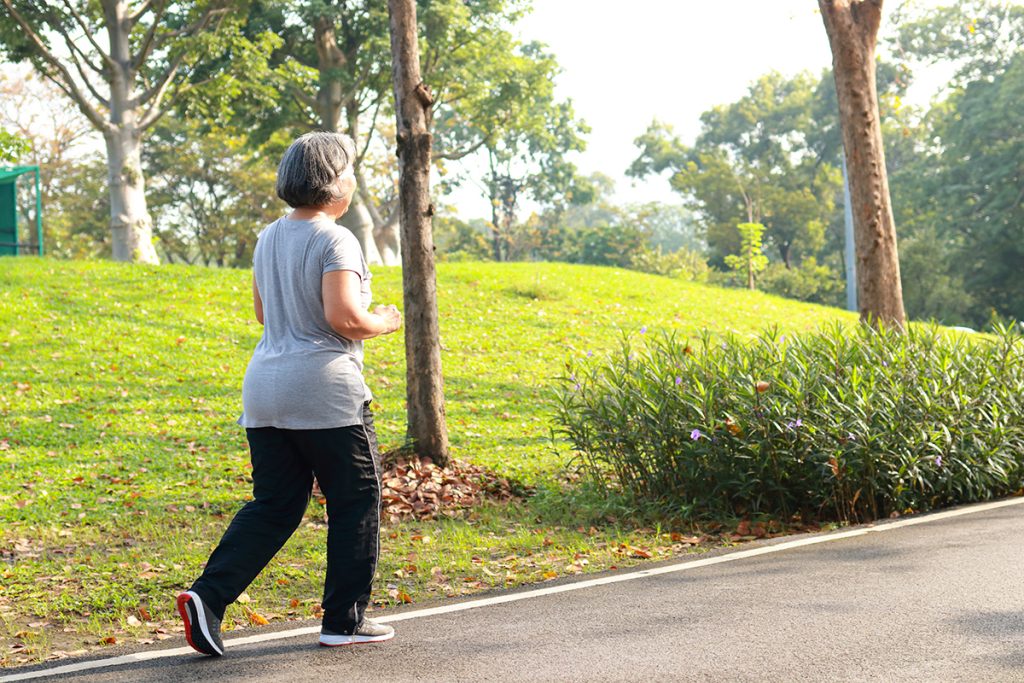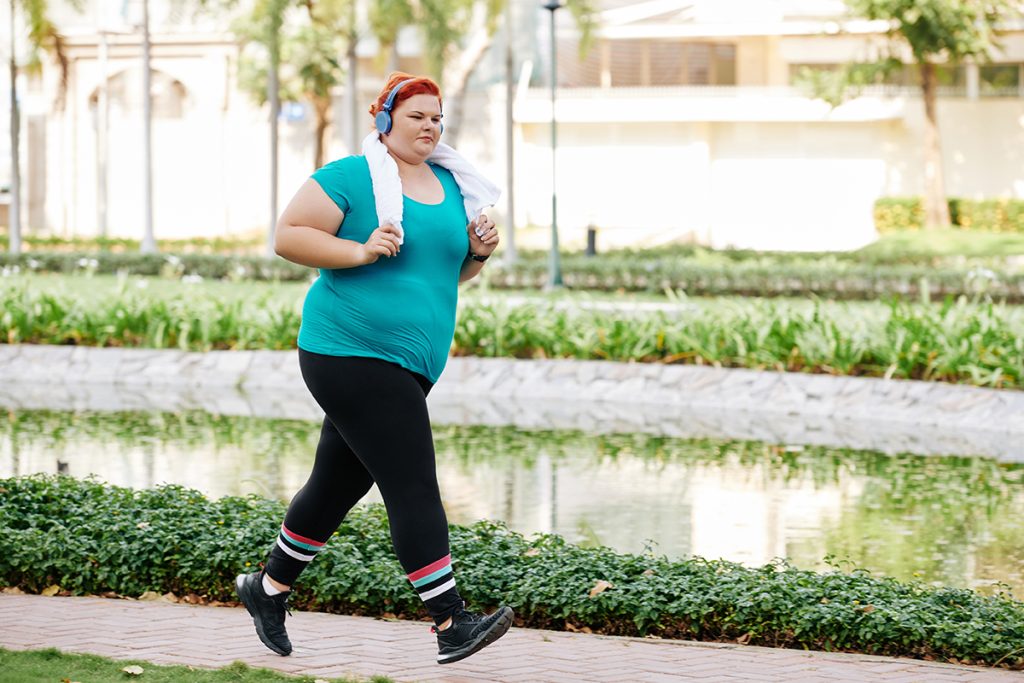How to use walking to improve your metabolism

Have you ever experienced that feeling of heaviness after indulging in a large meal, but then felt lighter and more energetic after moving around a bit? The reason behind this lies in the fact that walking after eating can aid in digestion and stimulate our stomach and intestines. Moreover, walking also plays a direct role in boosting our metabolism, leading to calorie burning.
It’s evident that walking offers numerous benefits, and when it comes to metabolism, the impact of taking just a few steps can be surprisingly significant for long-term health.
To delve deeper into how walking can enhance your metabolism after a meal, we sought advice from a registered dietitian and nutritionist. Read on to discover more about this beneficial practice.


What is a properly functioning metabolism?
A well-functioning metabolism is crucial for maintaining overall well-being. It plays a vital role in weight management and supports various essential processes in the body, such as energy production, hormone regulation, and digestion. When your metabolism operates efficiently, it aids in the elimination of toxins while supplying your body with vital vitamins and minerals.
Moreover, the ability of your metabolism to convert food into fuel and effectively utilize that energy for various bodily functions serves as an indicator of its health. Indeed, a properly functioning metabolism is of utmost importance for numerous reasons, ensuring your body’s optimal performance and overall health.

How many steps are needed?
The number of steps you should take after a meal can vary depending on individual fitness levels and health conditions. However, here’s a general estimate of the recommended steps:
In general, a short walk lasting approximately 10-15 minutes, equivalent to roughly 1,000 to 2,000 steps, can be highly beneficial. Engaging in this light activity helps stimulate digestion, promotes blood flow, and facilitates the absorption of nutrients from the meal.
Even simple activities like doing household chores or cleaning can have a similar effect and contribute to weight loss. Walking at a self-paced intensity for a minimum of 1,000 steps can serve as a gentle warm-up, supporting better digestion and boosting metabolism.
By doing general house chores, you can avoid prolonged sitting after a filling meal. This way, you can simultaneously accomplish your to-do list while ensuring you get in all the necessary steps for a healthier post-meal routine.


What’s the best timing for your walk
The timing of your walk can significantly impact your efforts to improve metabolism. While it’s not always feasible to walk after every big meal, taking a stroll later in the day can be advantageous. This is because our bodies tend to slow down a bit during this time, and we often consume larger meals.
The benefits of post-meal walking are particularly valuable as it encourages physical activity without excessive strain on the body. It aids the digestion process by promoting muscle contractions in the gastrointestinal tract, facilitating the movement of food.
Moreover, walking can contribute to regulating blood sugar levels by improving insulin sensitivity and glucose utilization. To maximize the benefits, it is recommended to wait for about 30 minutes to one hour after a meal before engaging in any intense physical activity. This allows the body to initiate digestion and absorption processes. Noted!

How to use walking to improve your metabolism conclusion
While walking is a valuable component of maintaining metabolic health, it’s essential to consider other lifestyle factors for overall well-being. A balanced diet, consistent physical activity, sufficient sleep, and more play crucial roles in this regard.
Nevertheless, walking and ‘breathwalking’ serves as an excellent starting point for incorporating steps into your routine and striving to enhance your metabolism.





















